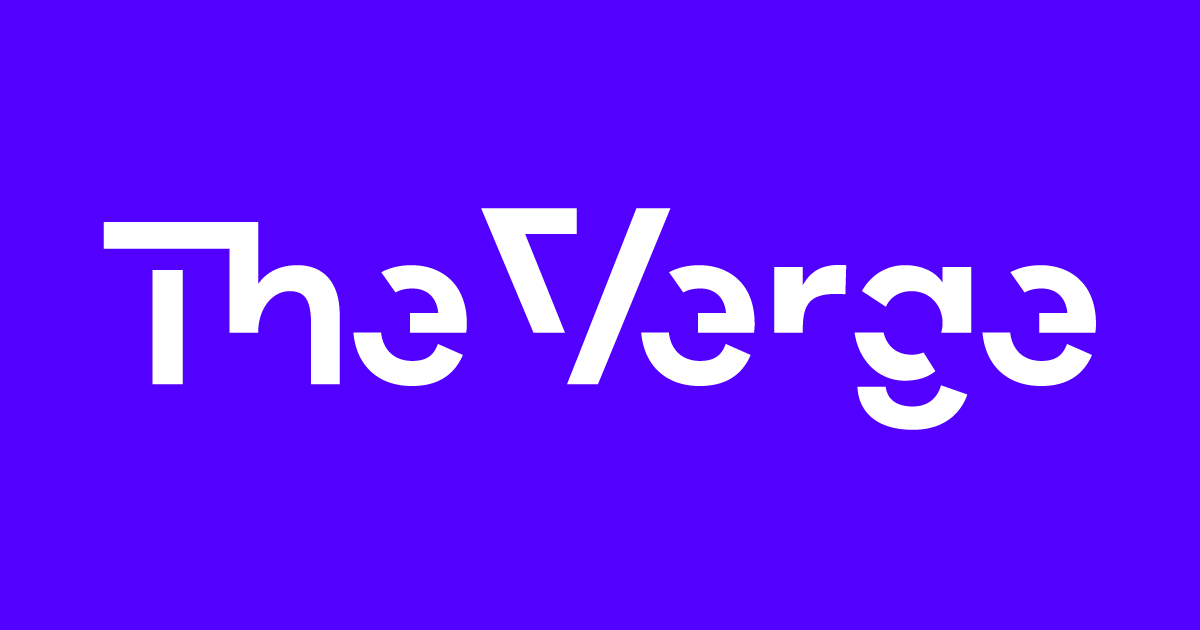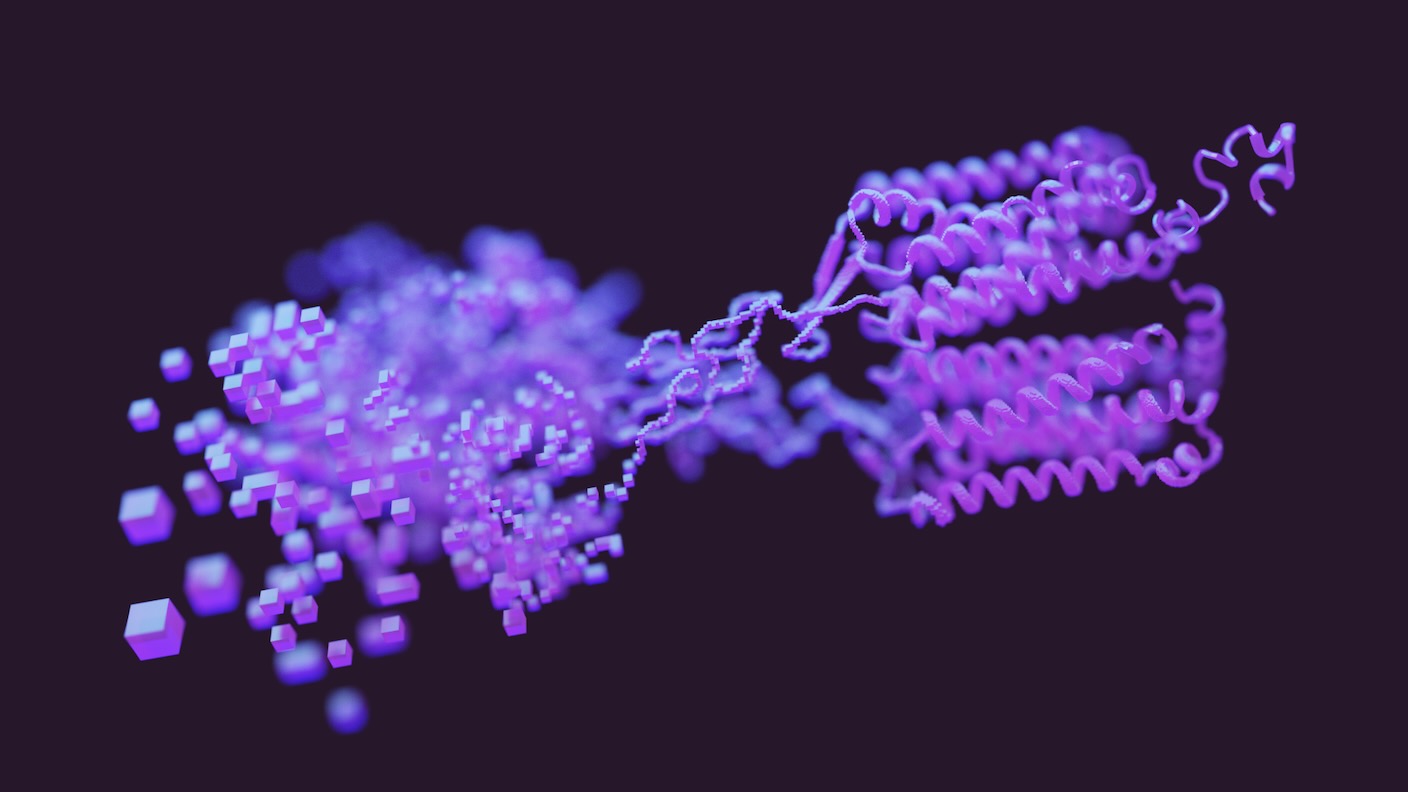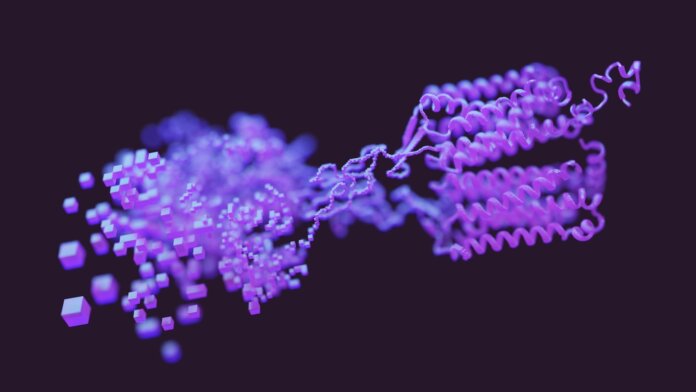/cdn.vox-cdn.com/uploads/chorus_asset/file/25322709/DCD_AI_Illo_Parkin.jpg)
Why people are falling in love with AI chatbots
From Tinder to Replika, generative AI is transforming human relationships.
Why people are falling in love with AI chatbots
From Tinder to Replika, generative AI is transforming how humans use dating apps and even spurring real people to romance AI chatbots.
By Nilay Patel, editor-in-chief of the Verge, host of the Decoder podcast, and co-host of The Vergecast.
Mar 7, 2024, 10:00 AM EST
13 Comments
:format(webp)/cdn.vox-cdn.com/uploads/chorus_asset/file/25322709/DCD_AI_Illo_Parkin.jpg)
Illustration: The Verge
Our Thursday episodes of Decoder are all about big topics in the news, and this week, we’re wrapping up our short series on one of the biggest topics of all: generative AI.
In our last couple of episodes, we’ve talked a lot about some of the biggest, most complicated legal and policy questions surrounding the modern AI industry, including copyright lawsuits and deepfake legislation. But we wanted to end on a smaller, more emotional note: How is AI making people feel? And in particular, how is it affecting how people communicate and connect?
Verge reporter Emilia David has covered AI chatbots, specifically AI romance bots, quite a bit. So, we invited her on the show to talk about how generative AI is finding its way into dating because the boom in AI chatbot sophistication is also laying the groundwork for a generation of people who might form meaningful relationships with so-called AI companions.
You’ll hear Emilia describe this as two big trends that are happening in parallel. Dating apps like Tinder are using generative AI to help their users tailor their profiles and craft the perfect messages to send to potential matches. And Emilia has covered a new startup, Volar, which offers an AI chatbot version of you, which can then go and message on your behalf with another person’s AI chatbot to see if you’re a match before you connect in real life. This is a wild idea, and it’s actually happening.
But the real sci-fi vision is an AI companion, like those from the company Replika, the origins of which we covered in an in-depth feature way back in 2016. Replika encourages people to treat chatbots as friends, therapists, and even romantic partners. You’ll hear Emilia explain that people are using these tools right now to form meaningful connections with AI, even if the actual tech under the hood is a ways away from what you might see in movies like Her from director Spike Jonze.
And finally, we touched on how there are both very real, tangible mental health benefits to this approach but also some serious pitfalls that people need to watch out for.
